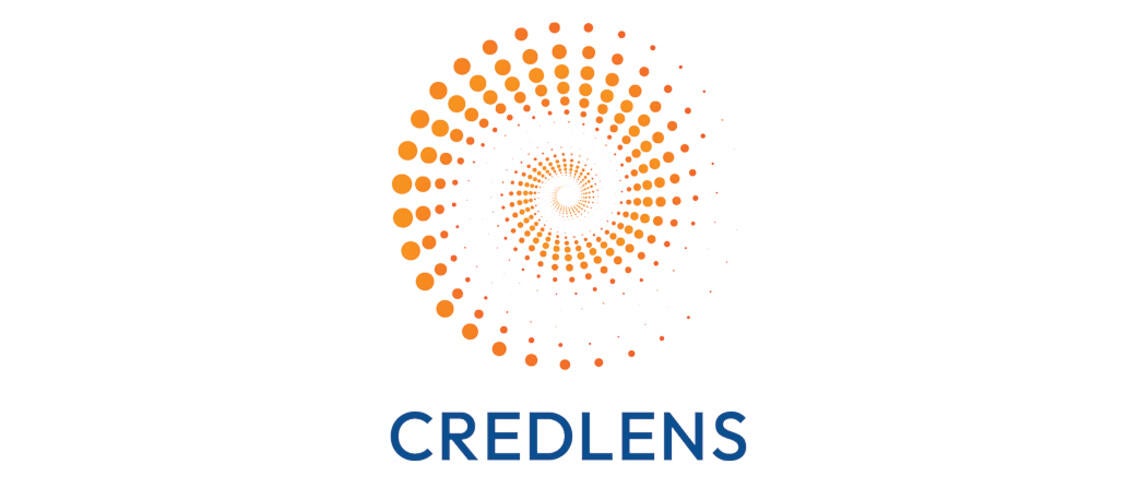Utah Workforce Innovation Award Nomination: Invest in You Too
Contact Information of Individual Submitting Nomination
Nominator: Nate McDonald
Email Address: nmcdonald@utah.gov
Agency Name: Utah Department of Workforce Services
Invest in You Too
In 2017, the Utah Department of Workforce Services partnered with Salt Lake Community College Workforce Development program and the medical manufacturing industry to develop a training program specialized for single mothers in poverty. These participants are part of Workforce Services’ Family Employment Program, which is part of Utah's approach with Temporary Assistance for Needy Families (TANF) and the Workforce Innovation and Opportunity Act (WIOA). Four cohorts have gone through the program with overwhelming success. Each cohort went through a 13 week extensive education program incorporating life skills and specific job trainings to help prepare them for employment.
After outreach activities to engage participants, on average, each cohort has had approximately 10-15 single mother participants. We have observed camaraderie and support develop amongst the program participants in areas relating to educational completion, child care assistance, and true friendships. We have been able to partner with a local clothier who provides assistance in the form of interview suits for those participants who graduate.
The first three cohorts had a program graduation rate of 84.6 percent. Nearly 70 percent of the graduates obtained employment immediately after the program. The fourth cohort just completed the program with nine of the 13 participants graduating (nearly 70%). Two are already employed and the others are actively participating in job search activities with their employment counselor and partnering employers.
Participants in the cohort came together as a major support group, assisting each other with the challenges they have faced in daily life. All of them have their own unique stories, but some have overcome domestic violence and abuse, experiencing intergenerational poverty, and one got into her first apartment after being homeless for four years as a 21 year old. They all have new skills, a certificate in medical manufacturing, and employment, or the opportunity for employment in a higher-skilled and higher-paying job than what they ever thought was possible. The majority of these participants have now been employed in the industry for more than a year.
In 2019, the department has started a fourth cohort with the purpose to determine how the program can be scaled statewide while accounting for the differences between Utah’s urban and rural areas. This program is a good example of how to utilize funding from multiple sources and partnering with education and industry to benefit a targeted population group.
Statement of results, accomplishments, impacts and any other appropriate information that demonstrates why the nominee's efforts were an exceptional contribution.
Outcomes with first three cohorts:
- A total of 39 participants started the program.
- 21 of the 39 participants starting the program or 53.8% of mothers starting the program are apart of intergenerational poverty families.
- 23 of the 39 have completed the program for an 84.6% Graduation rate.
- 23 of the 33 completing the program were employed at the program completion for a 69.7% employment rate.
- Average starting wage for those employed at completion was $13.71 per hour.
- 25 of those completing the program were employed 90 days after the program completion for a 75.8% 90 day employment rate.
- Average wage for those employed at 90 days was $15.24 per hour.
- 18 of the 21 participants in the first two cohorts were employed at 6 months after program completion. 85.7% of participants had maintained employment for 6 months. *The third cohort has not had enough time lapse to include in this measure.
- Average wage for those employed at 180 days was $15.05 per hour.
Note: The fourth cohort outcomes are still being evaluated.
Other significant contributions
Several challenges were presented within each of the cohorts. These include transportation, child care, domestic violence and other situational experiences with mental health and substance abuse. The cohort model proved to be a great tool in providing a support system for the participants. The first week, the cohort worked together to overcome several of the obstacles. With the support of peers and case management, these obstacles were overcome in almost every situation.
Moving forward, the greatest challenge will be the ability to implement throughout the state a variation of the Invest in You Too cohort concept whereby participants participate in life skills training, educational credentialing and are buoyed by employer support. The model of combining education and training with life skills and case management inside a cohort model is demonstrating great successes.
Examples of work
UT - Invest in You Too - Summary
UT - Invest in You Too - links
UT - Invest in You Too - emails of support






































